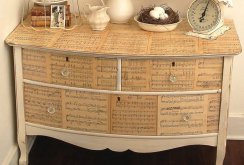All about insulation: types, types, the most popular materials
Insulation of structures is an important stage in the construction of any house, whatever its purpose. Insulation methods, techniques and materials can solve all problems, maximizing the performance of the building.The main types of insulation
An overview of the most popular home insulation options should begin with a basic classification. It is not enough just to study the catalog of materials and choose the most inexpensive option, it is important to understand what is used and for what purpose. The main types:- Soundproofing;
- Thermal insulation;
- Vapor barrier;
- Waterproofing;
- Reflective insulation (necessary if you want to keep the heat in the room without resorting to additional insulation);
- Wind insulation (used for surfaces where the thermal insulation layer needs additional protection).
Types of thermal insulation
Thermal insulation materials are presented in a wide range. First of all, it is worth noting the main varieties of thermal insulation devices by origin:- Organic
- Inorganic;
- Plastic
Shape and appearance
By structure, the materials can be fibrous (cotton wool), granular type (perlite) or cellular (foam glass). In form, and, accordingly, in terms of external characteristics, thermal insulation materials are systematized as follows:- Rigid slabs, segments, bricks. Use for work with simple surfaces;
- Flexible shape (mat, harness, cords) is widely used for pipe finishing;
- Loose form (perlite sand, vermiculite) is ideal for filling various cavities.
Thermal conductivity
Building thermal insulation involves the design of building structures. Installation analogues are designed for thermal insulation of communications and various equipment on an industrial scale. The main criterion by which all materials of these categories are classified is thermal conductivity:- Class A (low);
- Class B (middle);
- Class B (high).
Soundproofing: main types
The task of any soundproof materials is to absorb all sounds. Materials can be fibrous, granular and cellular, as is the case with thermal insulation. Sound-absorbing characteristics are measured by means of special coefficients - from 0 to 1. 0 - sounds are fully reflected. 1 - the sound is completely absorbed. All materials for sound insulation can be divided by degree of rigidity and structure as follows:- Solid materials. They are made on the basis of mineral wool. The composition includes porous aggregates (perlite, pumice). The absorption coefficient is - 0.5;
- Soft materials to absorb sounds. Made of cotton wool, felt and fiberglass. Absorption coefficient from 0.75 to 0.90;
- Semi-rigid views. These are mineral-wool materials with a cellular structure - polyurethane foam. The absorption coefficient is from 0.4 to 0.8.
The main types of vapor barrier
Isolation of rooms from moisture, steam and other liquids is another important process. Any vapor barrier should protect those sectors that come into contact with moist or heated air. The main types:- Standard vapor barrier film;
- Membrane film;
- Film with aluminum foil.
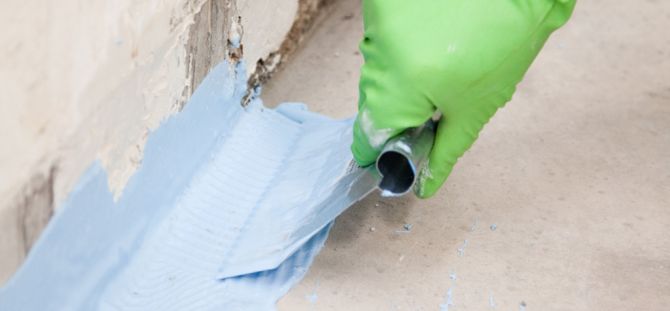
 High-quality sound insulation of the ceiling: coating options
High-quality sound insulation of the ceiling: coating options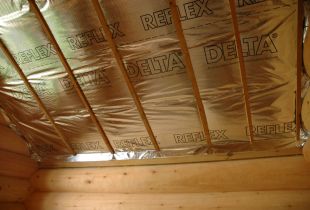 Vapor barrier of the ceiling: algorithm of actions
Vapor barrier of the ceiling: algorithm of actions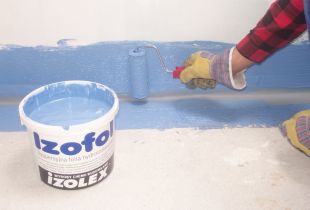 Waterproofing the bathroom: main types
Waterproofing the bathroom: main types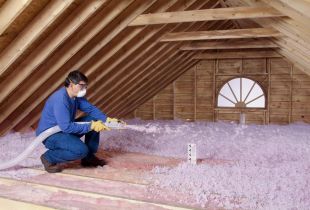 Soundproofing an apartment and a house: highlights (22 photos)
Soundproofing an apartment and a house: highlights (22 photos)

